"Let me begin by suggesting that you don’t put a lot of credence in these third-party reports that you see. It’s always amazing to me the cost categories and the components that never seem to make it into the reports," chief financial officer Peter Oppenheimer said in response to a question about the cost structure of iPhone 4 in relation to gross margins during the Q3 2010 conference call.
While iSuppli wasn't named specifically, the company is both unique and infamous for making headlines after every Apple product release by announcing a teardown cost estimate, sometimes publishing its guesses well before the product is even available to take apart.
In January 2007, iSuppli published a preliminary report stating that the original 8GB iPhone cost just $280.83 in parts, six months before the phone was even available. After the phone became available, the group released a new estimate saying it cost just $265.83.
While Apple insists that both the iPad and iPhone 4 have a significantly higher cost structure than its previous products, iSuppli recently claimed that iPhone 4 cost just $187.51 in parts (compared to an estimated $179 for the iPhone 3GS) and that the $499 iPad uses only $260 in components.
The iSupply Bill of Materials reports are widely published as fact, and generate lots of interest because they nearly always suggest massive profit margins while providing very little contextual information about how the cost estimates compare to competing vendors' products.
The parts estimates factor in some patent royalty costs and include estimated software development expenses, but do not consider other business costs related to creating, shipping, supporting and marketing the products, resulting in a sensational figure that offers very little real information about anything from profit margins to end-user value.
TechCrunch noted in its coverage of a recent report that "iSuppli is well-known for low-balling these numbers in an effort to convince manufacturers to contact them in order to connect with their preferred suppliers, so grains of salt must be taken."
 Daniel Eran Dilger
Daniel Eran Dilger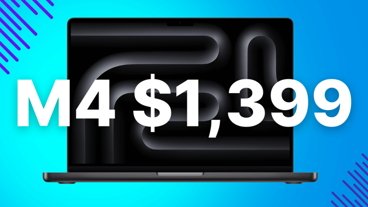
-m.jpg)





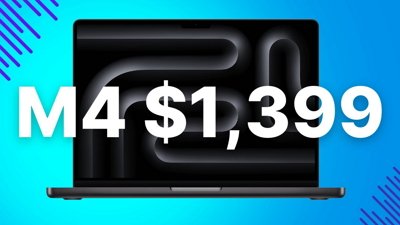
 Christine McKee
Christine McKee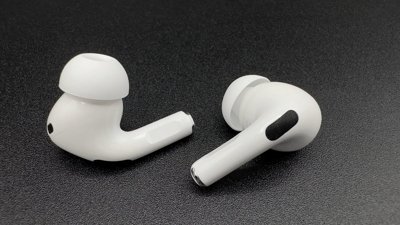
 Malcolm Owen
Malcolm Owen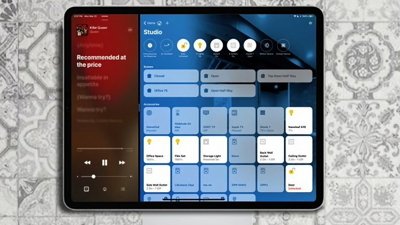
 Charles Martin
Charles Martin

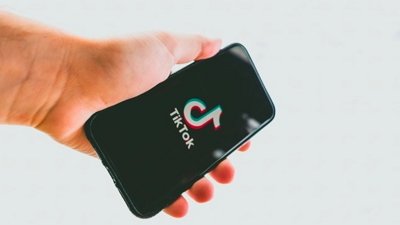
 William Gallagher
William Gallagher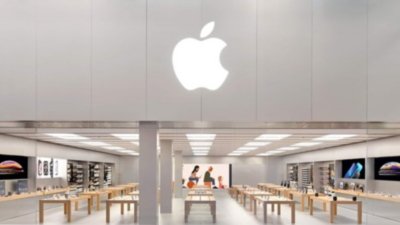
 Stephen Silver
Stephen Silver



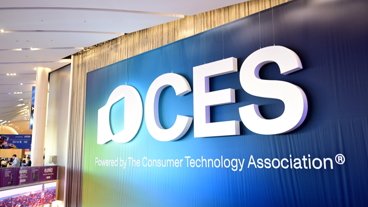
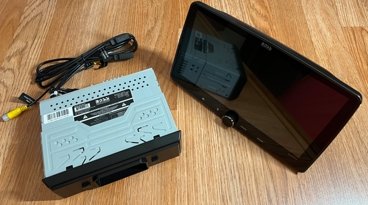


124 Comments
if Apple can;t say something like the price is close to $100 under what they sell the phone its still a rip off, selling 9.5+ million phones at $100 made per phone would mean that any costs of design would be taken care of ove and over... so i still feel that it is outrageously priced (for sales they expect, if those sales were half or maybe even 2/3rds it would make more sense...)
i feel that Apple would make monay of the iphone if they sold it for a penny above the manufacturing cost... (not really, but if it was $25 then it would be at least 10m (ip4 should sell at least this much before thye make a new one) that would be 25 million dollars... not including app's (new costumer,think it was like 25% of ip4 users are new (that or around 75% of 3g/gs users are going to ip4)
i mean Apple is showing the world how much F***ing $ they have on hand, you can argue its not much in terms of costs for keeping a company going, but they keep making record profits... if the lowered the price of the ip4 lets say 25% (using that it costs aprox 300 for cheapest model) ($600 unsubsidized) the price would be $450... that is still a $150 profit margin per phone... if people had to pay $50 up front for the ip4 i bet a lot more people would buy it...
It's no one's business how much a product actually costs to make. It's basic economic theory is that a good or service will sell for "whatever the market will bear", regardless of the cost to make the product... That's a double edged sword. With a product like the iPhone, the public is willing to pay plenty. Some products get the opposite, such as the case in the 1957 Cadillac Eldorado Brougham, which cost $23,000 a copy to build at the time, but sold for around $13,500. They simply thought the demand would be higher and economies of scale would prevail. Unfortunately, it didn't, and they got bit. It's the market that dictates the value of a product, not the component costs.
What's missing is the R&D costs, which, when you're in the business of being innovative like Apple, is an incredible amount of money. Just think that for every iPhone, there are plenty of dud concepts that simply get scrapped along the way. We'll never know the actual cost per unit, but you can bet that the cost of the physical parts aren't all that high, given the intrinsic costs of development of the product. When they hit upon a smash hit, such as the iPhone, they deserve ripe rewards for the gamble they took in innovating such a great product. That's the reality of risk and reward.
I remember when Apple was just about a dead company. Now people are crying because they're so successful. Go figure!
What's the big surprise...
How else do people think Apple keeps posting these (questionably) astronomical quarterly profits?
Hint: By charging 10 to 20 times more than the value of the actual hardware.
Just think you can pick up rocks, sand and stuff for FREE!!!
Then smelt and refine them yourself and make a smartphone.
OMG, shock, horror!!!
/feigned indignation
What's the big surprise...
How else do people think Apple keeps posting these (questionably) astronomical quarterly profits?
Hint: By charging 10 to 20 times more than the value of the actual hardware.
Just think you can pick up rocks, sand and stuff for FREE!!!
Then smelt and refine them yourself and make a smartphone.
OMG, shock, horror!!!
/feigned indignation
Nope! But the Chinese do it well, and do it cheap.
Savings from all that foreign manufacturing/outsourcing could be passed on to the consumer... from a more fiscally conscientious organization.